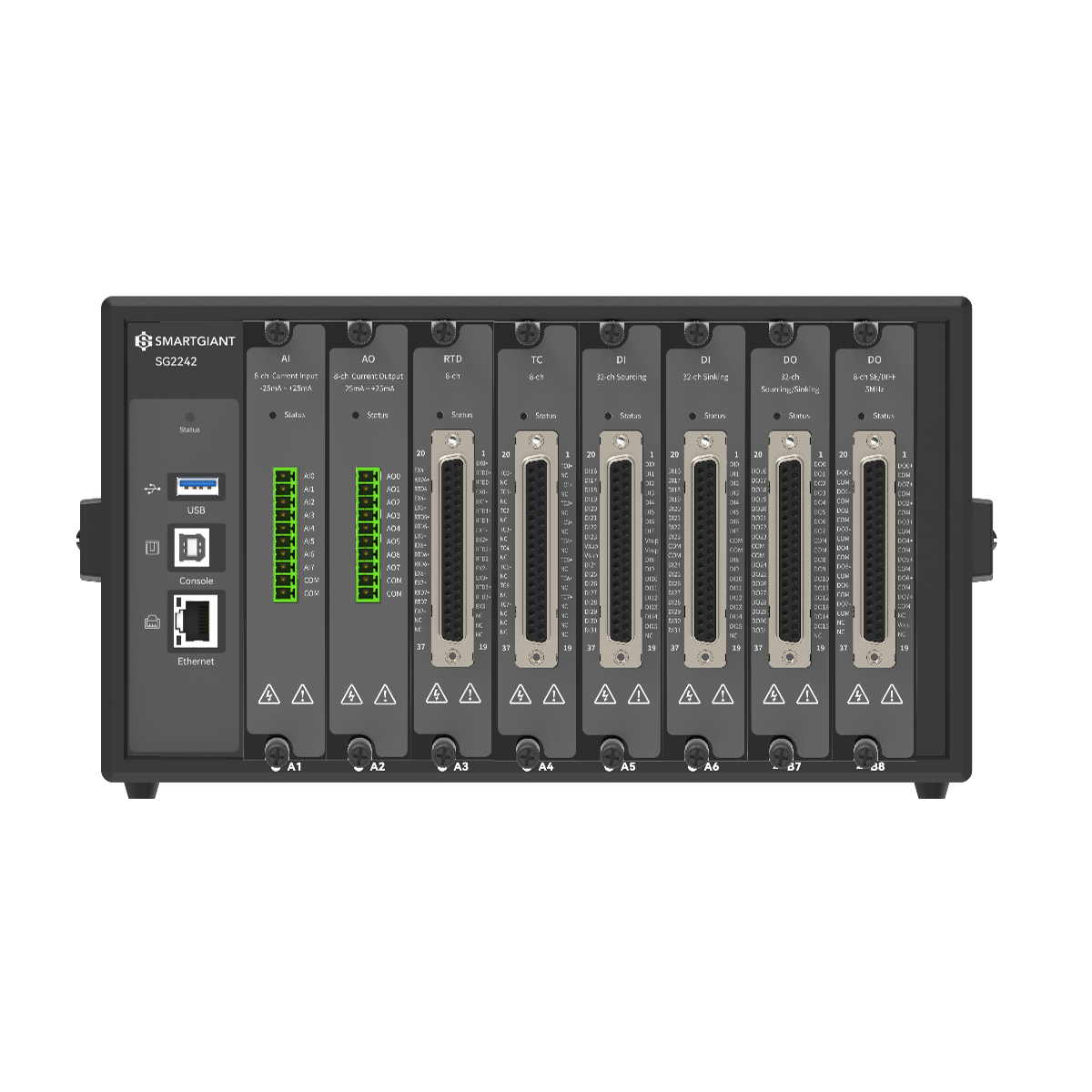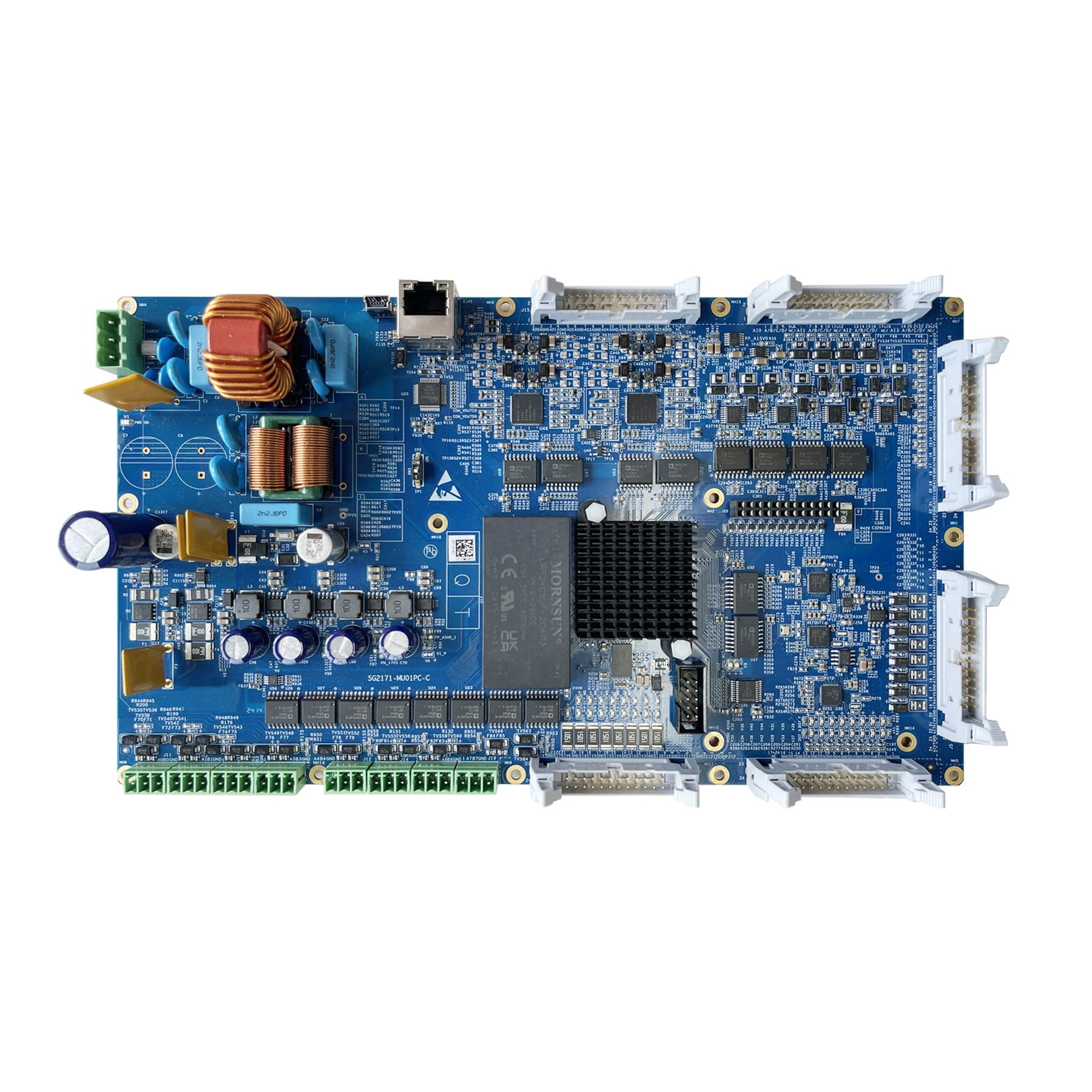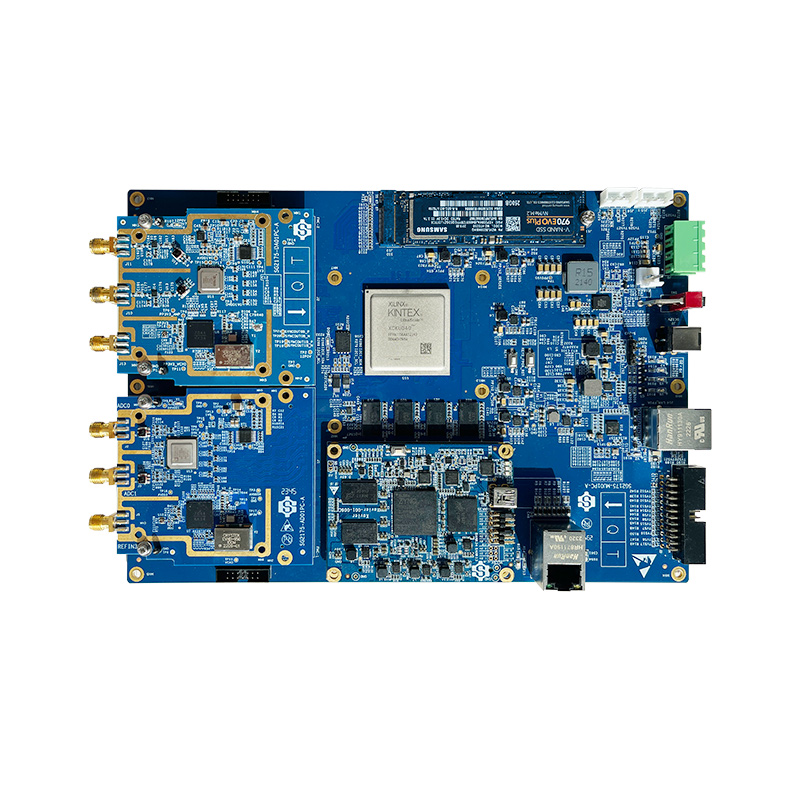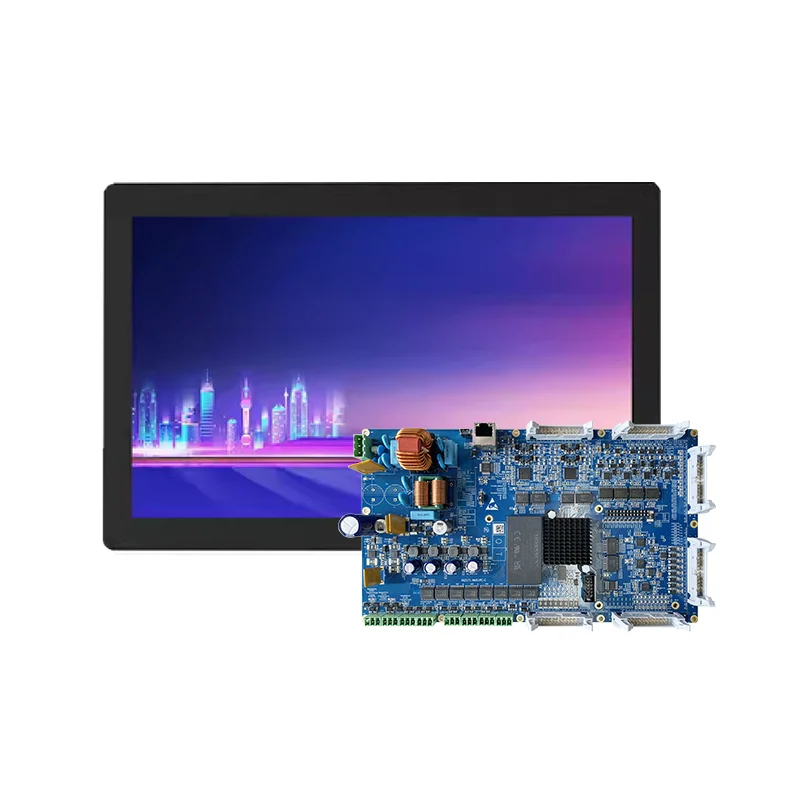
Standalone vs. PC-Based DAQ: What’s the Difference?
1.Facing a Dilemma in Your Data Acquisition Projects?
Data acquisition (DAQ) forms the foundation of digital insights. When building a DAQ system, engineers and researchers often face a critical choice: opt for the flexibility and processing power of a PC-based DAQ system, or the robustness and reliability of a standalone DAQ device? While both solutions serve the same core purpose of data acquisition, they differ significantly in architecture, capabilities, and ideal use cases. This article provides a deep dive into the distinctions between these two mainstream DAQ approaches, with analysis based on Smartgiant’s DAQ product portfolio to help you make an informed decision tailored to your application.
2.In-Depth Analysis: The Core Principles Behind Two DAQ System Types
2.1 PC-Based DAQ Systems: The Flexible “Brain”
PC-based DAQ systems consist of DAQ hardware (e.g., acquisition cards or modules), a general-purpose computer (e.g., desktop, laptop, or industrial PC), and supporting software. The hardware handles the conversion from analog signals to digital data, while the computer—via dedicated software such as LabVIEW, Python, or C++—controls the DAQ hardware, acquires data, and performs advanced analysis, visualization, and storage.
Advantages:
- Flexibility and Scalability: Highly flexible. Users can easily upgrade or replace DAQ cards, add new modules, or integrate with other PC peripherals. Software-defined functionality allows for easy reconfiguration and customization to meet evolving application needs.
- Powerful Computing and Data Processing: Leveraging the computing power of the PC, these systems excel in running complex algorithms, real-time data analysis, sophisticated signal processing, and advanced data visualization. Ideal for computation-heavy applications.
- User-Friendly Interfaces and Development Tools: Provide intuitive graphical user interfaces (GUIs) and access to a rich ecosystem of programming languages and tools. This often leads to faster development cycles and easier integration into existing IT infrastructure.
- Cost-Effective Entry Point: For entry-level or prototyping applications, using an existing PC can reduce initial investment by eliminating the need for a dedicated embedded processor.
Disadvantages:
- Challenges in Reliability and Stability: Dependence on general-purpose operating systems introduces risks such as viruses, crashes, or software-related issues that can impact real-time performance and overall system stability.
- Limited Environmental Adaptability: Standard PCs are not suitable for harsh environments (e.g., extreme temperatures, dust, vibration, or EMI), limiting their deployment in industrial settings.
- Large Size and High Power Consumption: Typically bulkier and more power-hungry than standalone units, requiring separate power supplies for both PC and DAQ hardware.
- Complex Wiring: Connecting DAQ hardware to a PC and then to sensors may involve extensive cabling and setup complexity.
2.2 Standalone DAQ Devices: The Rugged Specialist
Also known as embedded or autonomous DAQ systems, standalone DAQ devices integrate acquisition, processing, storage, and communication capabilities into a single compact unit. With built-in processors and operating systems, they can operate independently without a connected PC.
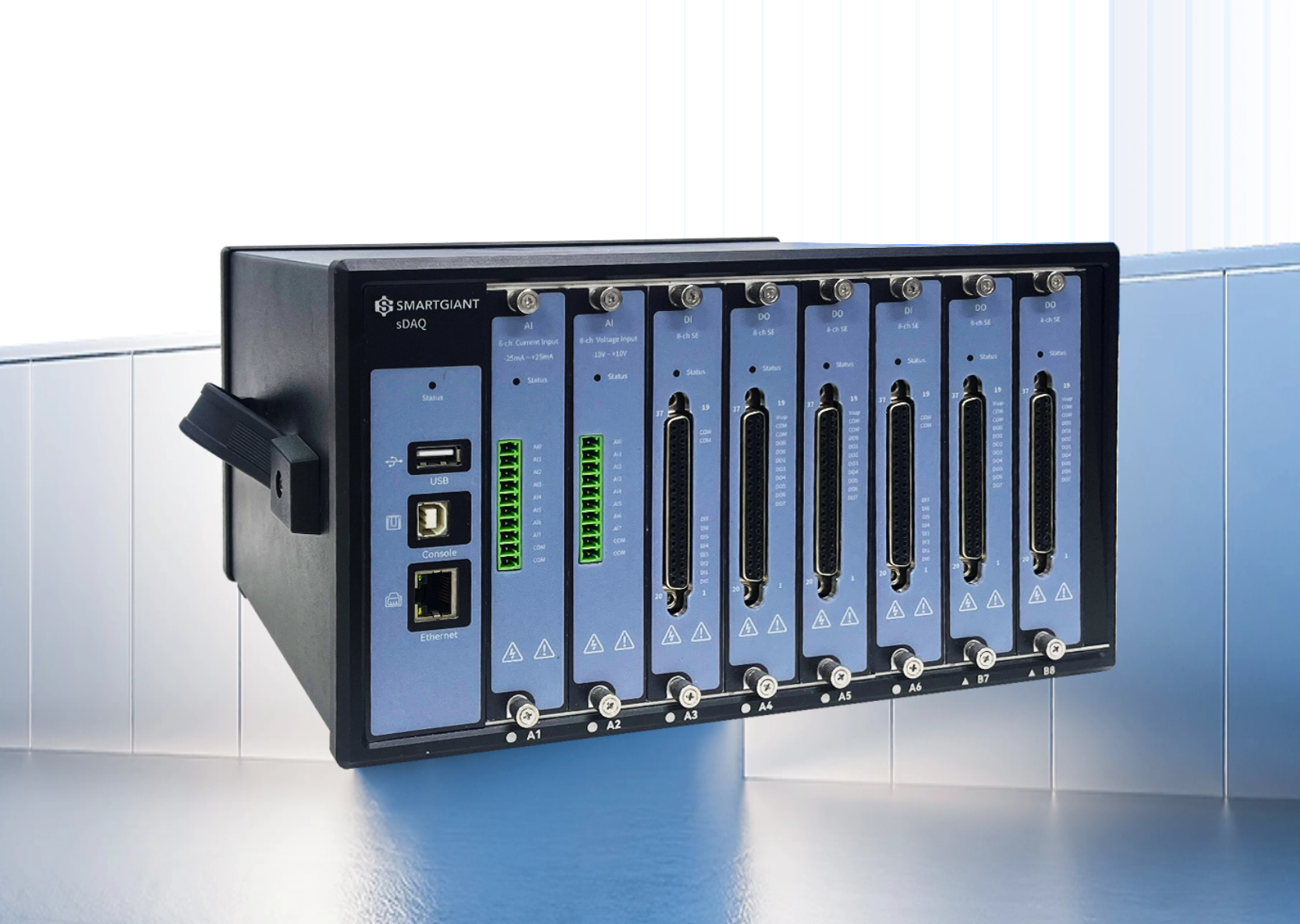
Advantages:
- Exceptional Ruggedness and Reliability: Built for demanding environments, these devices often feature robust enclosures, fanless designs, and wide operating temperature ranges. Their embedded OS ensures high stability and minimal external interference, making them ideal for mission-critical applications requiring deterministic real-time performance.
- Compact and Portable: Smaller and lighter than PC-based systems, making them easy to carry and deploy in space-constrained areas or for remote data logging.
- Low Power Operation: Designed for energy efficiency, often supporting long-term battery power—essential for mobile or remote deployments.
- Strong Autonomous Capabilities: Can operate independently and often include onboard storage, allowing data to be collected and recorded in the field without continuous supervision from a computer.
- Enhanced Security: As closed systems, standalone devices generally offer greater protection against external cyber threats compared to general-purpose PCs.
Disadvantages:
- Limited Processing Power: Although they include onboard processors, their performance typically lags behind that of general-purpose PCs, limiting their ability to handle compute-intensive tasks like complex real-time analysis or large datasets.
- Reduced Flexibility and Scalability: Hardware configurations are usually fixed, making upgrades or expansion more challenging and costly.
- More Complex Development: Developing applications for standalone systems requires deeper embedded system expertise, and the programming environments are often less user-friendly than PC-based tools.
- Higher Initial Cost: Custom design and integrated features usually result in higher upfront costs.
3. Key Differences at a Glance
The following table offers a side-by-side comparison of key features:
|
Feature/Parameter |
PC-Based DAQ System |
Standalone DAQ Device |
|
Flexibility/Scalability |
High (both hardware & software) |
Moderate (hardware typically fixed) |
|
Computing Power |
High (leverages PC CPU) |
Moderate (embedded processor) |
|
Reliability/Stability |
Moderate (OS-dependent, external risks) |
High (dedicated OS, robust design) |
|
Environmental Suitability |
Low (sensitive to conditions) |
High (designed for harsh environments) |
|
Size/Power Consumption |
Large / High |
Compact / Low |
|
Real-Time Performance |
Moderate (OS overhead) |
High (real-time embedded OS) |
|
Deployment Complexity |
Moderate (wiring, setup) |
Low (all-in-one integration) |
|
Development Complexity |
Lower (user-friendly tools) |
Higher (specialized knowledge needed) |
|
Initial Cost |
Lower (existing PC can be used) |
Higher (custom hardware) |
4. How to Choose the Right System?
Choosing between a standalone DAQ device and a PC-based system depends on several critical factors:
- Application Requirements: Start by assessing real-time performance needs, environmental conditions (e.g., temperature, vibration, dust), onboard processing complexity, and portability.
- Budget: Consider both initial purchase cost and long-term ownership costs, including maintenance, potential upgrades, and development efforts.
- Technical Expertise: Evaluate your team’s familiarity with software development environments, embedded programming, and system integration.
- Future Scalability: Determine whether the system must easily adapt to future expansions, new sensor types, or evolving processing demands.
Understanding the available products on the market and their unique features is essential. Next, we introduce three of Smartgiant’s DAQ solutions, showcasing how they offer diverse options bridging both mainstream DAQ approaches.
5. Smartgiant DAQ Products: Versatile Solutions
Smartgiant’s DAQ product line combines the strengths of both PC-based and standalone systems. The following three representative models are tailored to different application scenarios, reflecting the advantages discussed above.
5.1 SG1227 PCIe Acquisition Card: A Flexible and Powerful PC-Based Solution
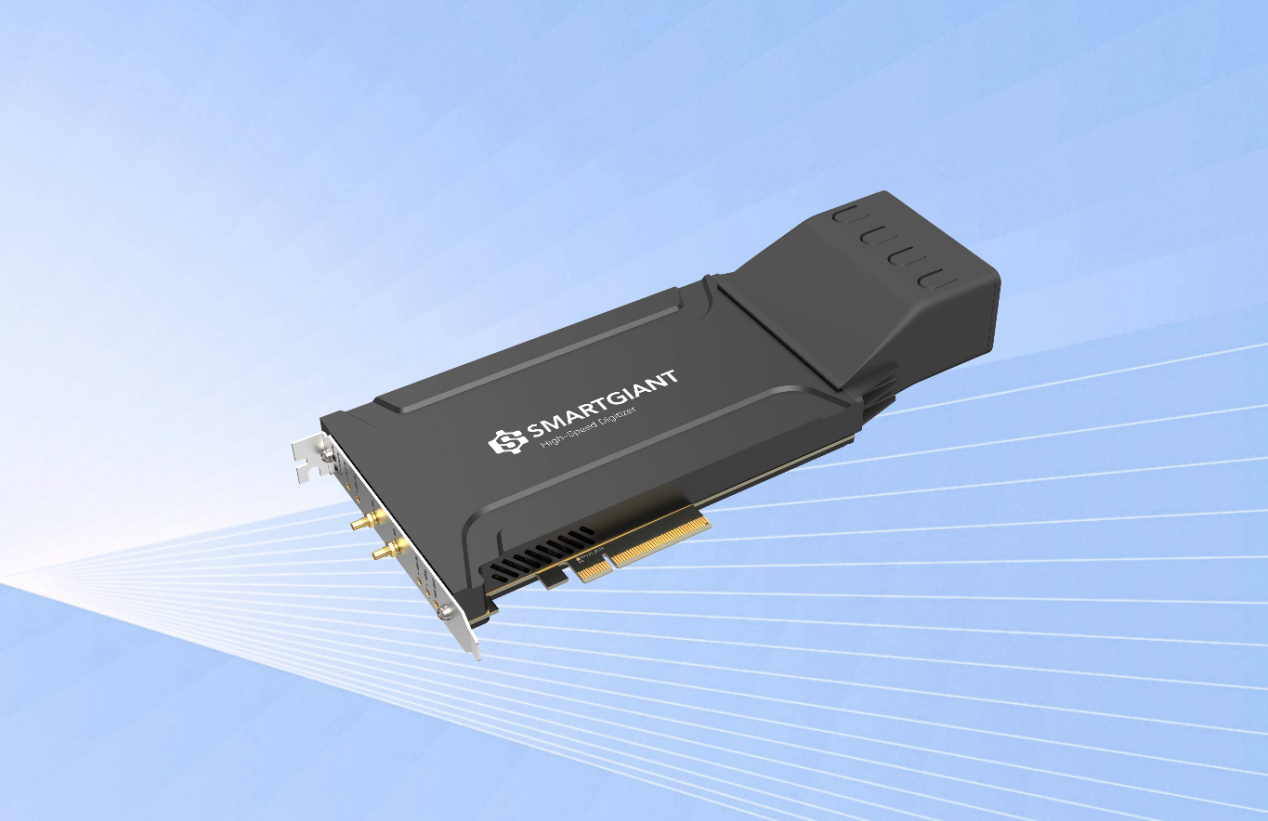
The SG1227 is an 8-bit, dual-channel high-speed digitizer—an excellent example of a PC-based high-performance DAQ device. It integrates with the host computer (e.g., industrial PC or high-end workstation) via a PCIe ×8 Gen3 interface, leveraging the PC’s computing power and software ecosystem for complex data processing. Core advantages include:
- Extreme Flexibility and Expandability: Equipped with a Xilinx XCKU040 FPGA, it supports user-defined real-time processing algorithms and can be reprogrammed to handle different signal types (e.g., high-frequency signals from mass spectrometers or pulsed LiDAR signals). With 4GB onboard DDR4 memory, it supports high-volume data acquisition and is ideal for OEMs seeking deep algorithm customization.
- High Performance and Real-Time Processing: Offering up to 5GSa/s sampling rate (in interleaved single-channel mode) and 500MHz analog bandwidth, it works with the host CPU and GPU to perform real-time FFT analysis, digital filtering, and more. It’s ideal for precision-demanding applications such as semiconductor and laser device testing.
- Excellent Cost Efficiency: Utilizes the PC’s computing resources without requiring an additional embedded processor, lowering initial investment. Compatible with mainstream environments like LabVIEW, further reducing development barriers.
5.2 SG2168 High-Speed Acquisition Box: A Rugged and Reliable Standalone System
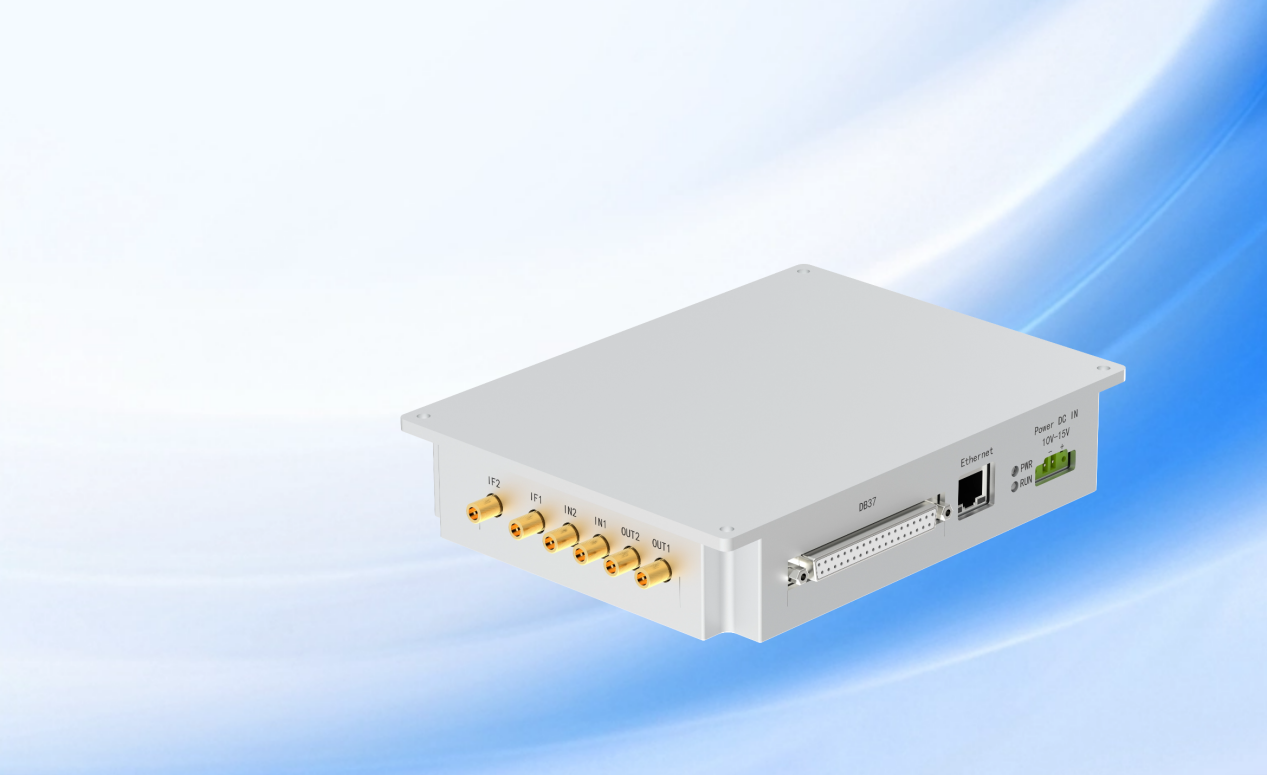
The SG2168 is a multifunctional, dual-channel standalone DAQ system designed for high reliability and independent operation. It integrates high-speed acquisition, processing, and storage in a compact unit with a built-in processor and OS, capable of autonomous operation without continuous computer control.
- Environmental Adaptability and Reliability:Supports AC-coupled input, ±5V maximum voltage, 200MHz bandwidth, and uses shielded design and premium components for strong RF interference resistance—ensuring stable performance in complex environments.
- Multimodal Communication and Autonomy: Powered by a Xilinx MPSoC processor, it supports Gigabit Ethernet, CAN, RS485, and other interfaces for real-time cloud or local data transfer. Internal storage allows for offline recording. Its 14-bit ADC and 500MSPS sampling rate balance precision and speed, making it ideal for long-term remote monitoring such as smart grid sensor networks.
5.3 High-Speed DAQ Module: A Compact and Customizable Option

The high-speed DAQ module is a standalone, high-speed DAQ module that integrates an analog front-end processing module, high-speed ADC, FPGA, and onboard storage. It supports autonomous data acquisition and logging without a constant PC connection.
- Ultra-Low Power Design: Fanless and supports +12V/5V DC power with ≤5W consumption, it can be battery-powered for mobile use. Ideal for biomedical equipment (e.g., portable physiological signal monitoring) and distributed industrial automation.
- Specialized Real-Time Performance: Features a 12-bit ADC, 125Msps sampling rate, and 30MHz bandwidth. FPGA-based hardware acceleration supports features like digital down conversion and signal pre-processing onboard—reducing transmission load and suitable for scenarios requiring real-time response but moderate computational complexity (e.g., motor vibration monitoring).
Rich Interfaces and Easy Integration: Offers Gigabit Ethernet control and SMA input interfaces for easy device connectivity and system integration.
6. Conclusion
Whether your project demands the powerful computing and flexibility of a PC-based system or the rugged reliability and environmental resilience of a standalone device, Smartgiant offers solutions tailored to your needs.
We understand that selecting the right DAQ system is not an easy task. It directly impacts project success, data quality, and your competitive edge in the market. Backed by years of deep expertise in the DAQ field, Smartgiant is committed to delivering high-performance, high-reliability, and highly customizable products.
Now is the time to elevate your data acquisition projects to the next level. Don’t let indecision hinder your innovation. Act now—contact Smartgiant’s professional team and let us explore together the DAQ solution that best fits your application.
Contact Us
Smartgiant Technology 1800 Wyatt Dr, Unit 3, Santa Clara, CA 95054.
Email: info@smartgiant.com
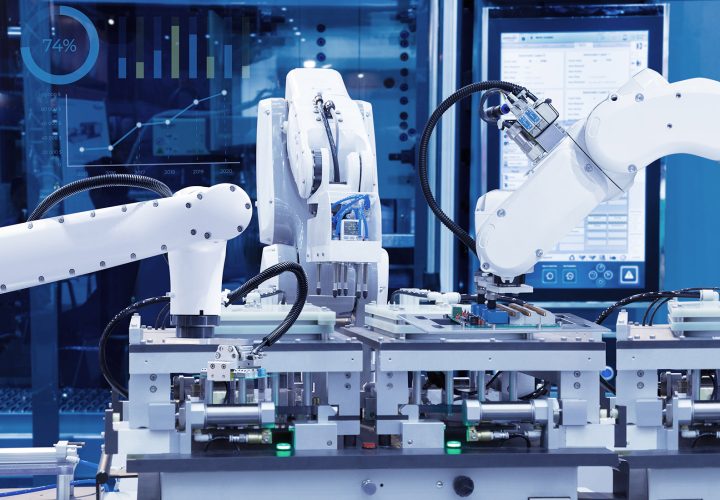
Contact Us
Smartgiant Technology 1800 Wyatt Dr, Unit 3, Santa Clara, CA 95054.
Email: info@smartgiant.com



